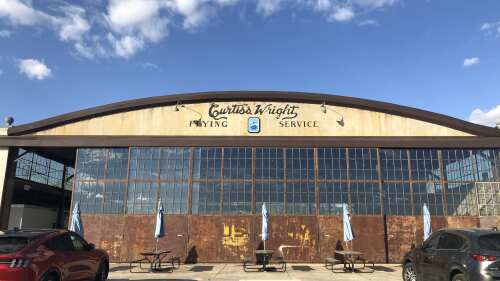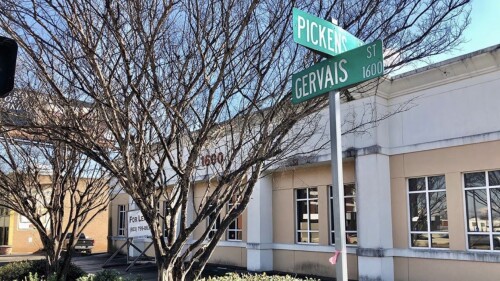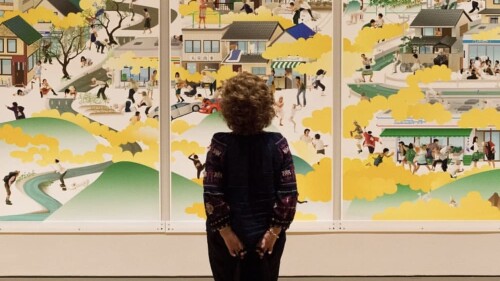Cola’s connections to modern design
Between the early 1950s and 1970s, Columbia went through a rebirth of construction and modern architecture that defines the landscape of our city today.
Brutalist structures tower over areas of the city, with Capstone House often glowing garnet over Five Points + the Strom Thurmond Federal Building staunchly peering over Finlay Park and the Main Street District.
The style weighs heavy on the city, featuring exposed concrete and repeating angular geometric shapes.
Along with the Brutalist buildings, many of Cola’s most iconic structures are Mid-century modern buildings constructed in the same era, sharing many of the same characteristics.
Why?
In 1865, the City of Columbia was captured by General Sherman’s army and much of the city burned to the ground. Nearly 100 years later, this still left a blank canvas for new construction and a building boom within a seven-block radius of the SC Statehouse.
From the end of World War II through 1980, the University of South Carolina constructed over 30 buildings in the modern style, many designed by Columbia-based firm Lyles, Bissett, Carlisle, and Wolff architecture firm.
A couple of notable buildings
Strom Thurmond Federal Building and United States Courthouse
- Completed in 1979, the Strom Thurmond Building was the last design of famed architect Marcel Breuer and is listed on the National Register of Historic Places. DYK — Marcel Breuer also designed the Wassily Chair, considered to be one of the most important chairs of the 20th century?
Thomas Cooper Library
- Designed by Edward Durrell Stone, the same architect who designed The Kennedy Center, TCoop is an anchor of UofSC’s campus. DYK — its style is heavily influenced by the American Embassy in New Dehli.
Let us know how you feel about the Brutalist and Mid-century styles seen in the Soda City.












